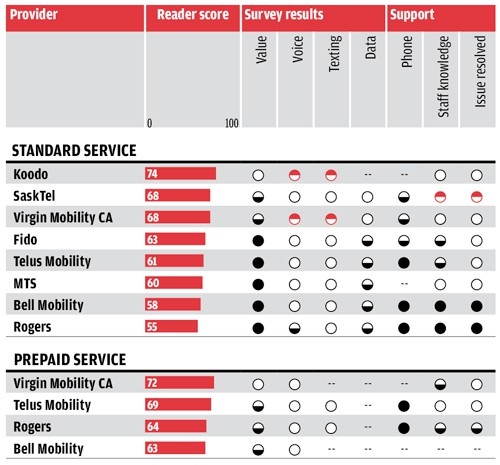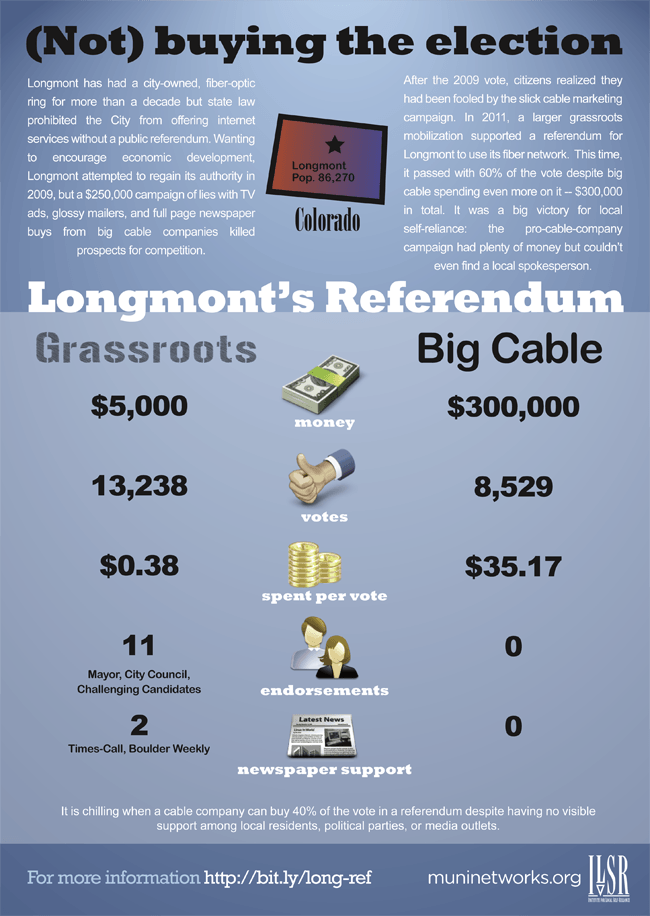Canadians overwhelmingly rate their mobile phone providers poor for value, telling Consumer Reports they are paying too much and getting far too little coverage and service in return.
The 2011 Consumer Reports Wireless Survey (subscription required) shows Canada’s largest cell companies are generally awful in the estimation of 15,000 Canadians polled for the survey. At the very bottom of the barrel are mega-carriers Bell Mobility and Rogers, both rated lousy for service and customer support.
“You can always do better than Rogers and Bell, no matter what other carrier you can think of,” says Thierry Duluis, a Stop the Cap! reader in Quebec. “Biggest does not mean best.”
Consumer Reports agrees. It top-rated Koodo, a no-contract carrier owned and operated by western Canada’s phone company Telus. Koodo is a relatively new player, only launching service in 2008, but has since built a reputation for lower prices and reasonably good service to the majority of populated regions across Canada. But Koodo’s data plans can be expensive and confusing. A $5 data starter plan delivers 25MB of data, and automatically increments: 26MB-100MB = $10, 101MB-300MB = $15, 301MB-1GB = $20, 1.01GB–3GB = $30, + 2¢/MB above 3GB. A alternative plan with a 2GB data allowance runs $25 a month with a 2¢/MB overlimit fee.
Ironically, several wireless brands owned by large Canadian phone and cable companies scored higher than their respective owners. Koodo scored higher than Telus Mobility. So did Fido, which is a wholly-owned subsidiary of Rogers.
Regional SaskTel, which operates in Saskatchewan, received an admirable rating from the consumer magazine, primarily because of its slightly better customer service. But no carrier, prepaid or postpaid, did extremely well across all categories. Canadians are frustrated by cell phone prices that are often higher than what their American neighbors pay, and are often accompanied with stingy usage allowances.


 Subscribe
Subscribe






